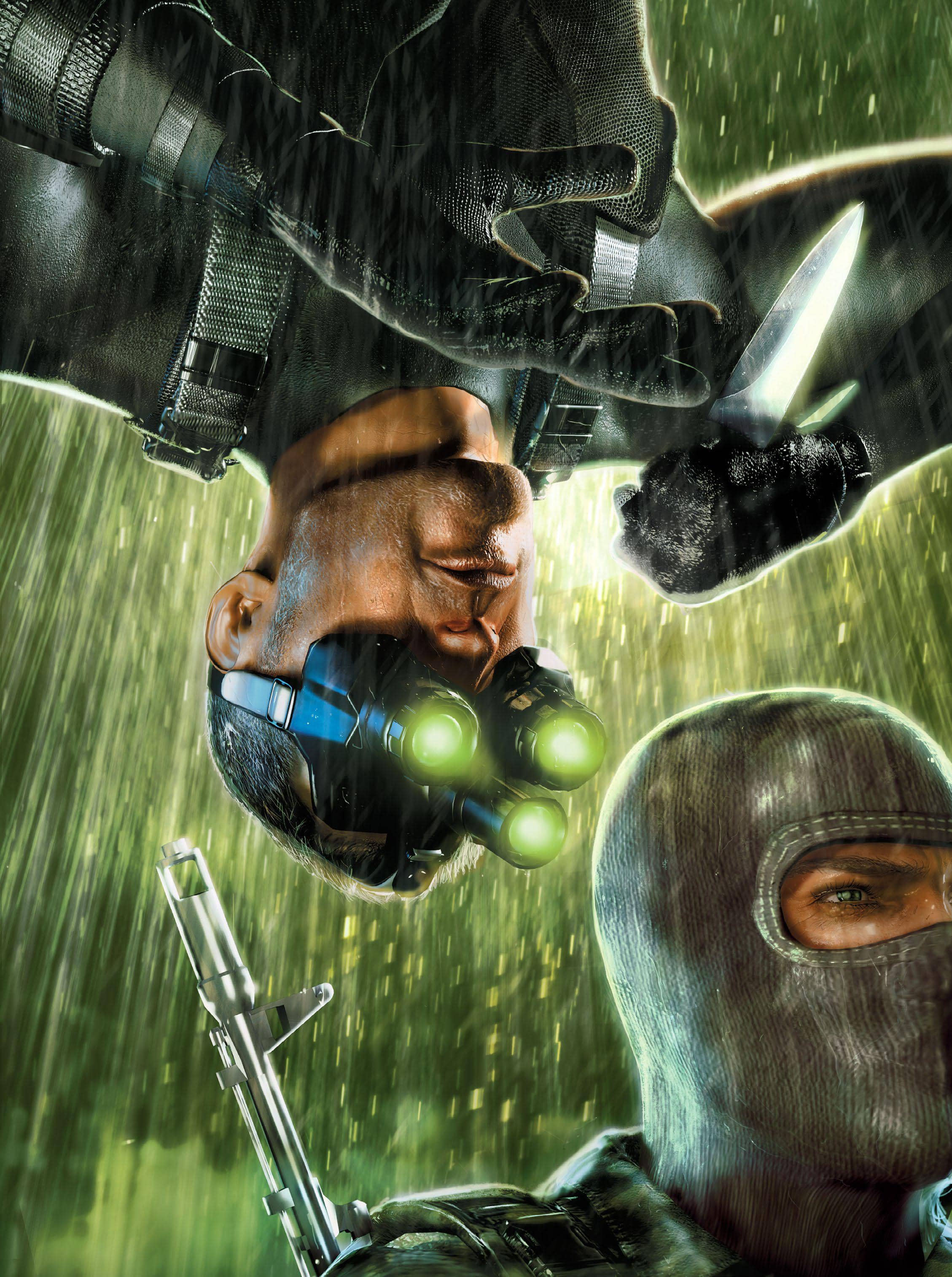
In a nocturnal world of oily shadows, where darkness cuts into damp surfaces illuminated by solitary swinging lightbulbs, the green-goggled man is king. By the time the third entry in the Splinter Cell series, Chaos Theory, was released in 2005, we were already well acquainted with Sam Fisher’s skill set; with just a year between this and his previous outing, we thought we knew what to expect, and expectations were high.
But in that short time between the two games, the industry straddled a technological revolution like Sam Fisher straddles a narrow corridor with his split-jump; unthinkable things became possible through untapped tech like normal mapping and HDR lighting, playing right into—while also shaping—Ubisoft’s vision for Chaos Theory. This wouldn’t just be the third iteration of an already excellent series, but one of the greatest stealth games of all time.
After Pandora Tomorrow was made by Ubisoft Shanghai, development on the third game returned to where it all began— Ubisoft Montreal. The focus at this time was on making games work on the original Xbox, and the presence of former Nvidia chip designer Danny Lepage as a programmer on the game meant the team had insider knowledge on how to maximize the console’s graphical horsepower (and in turn not restrict the PC version).
この記事は PC Gamer US Edition の June 2022 版に掲載されています。
7 日間の Magzter GOLD 無料トライアルを開始して、何千もの厳選されたプレミアム ストーリー、9,000 以上の雑誌や新聞にアクセスしてください。
すでに購読者です ? サインイン
この記事は PC Gamer US Edition の June 2022 版に掲載されています。
7 日間の Magzter GOLD 無料トライアルを開始して、何千もの厳選されたプレミアム ストーリー、9,000 以上の雑誌や新聞にアクセスしてください。
すでに購読者です? サインイン

"The War Within itself has kept me coming back most evenings too"
WORLD OF WARCRAFT remains my jailer, and I couldn't be more pleased about it
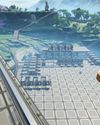
OK BUILDER
SATISFACTORY is the new titan in building and crafting games

HELL YES
DIABLO IV: VESSEL OF HATRED is a transformative expansion
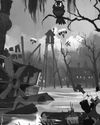
MOUSE: PI FOR HIRE
This mouse wants to be more than just a gimmick

WINDBLOWN
Dead Cells dev's new roguelike has me afraid for my free time
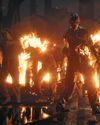
NO MORE ROOM IN HELL 2
As the zombie horde surrounded me just moments after taking down my two remaining teammates, the writing was really on the wall. Armed with just a chef's knife, it was clear I stood no chance, but I was going down swinging, hoping for a miracle... it didn't come.

OWNED BY STEAM
VALVE cordially reminds you that your games aren't yours

CURSE OF THE AZURE BONDS
These classic games haven't aged badly, but I sure have.
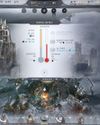
DEEP FREEZE
Endure a blizzard of tough choices and rough consequences in FROSTPUNK 2

NEW HORIZONS
Building up REMNANT 2 outside the live service game grinder